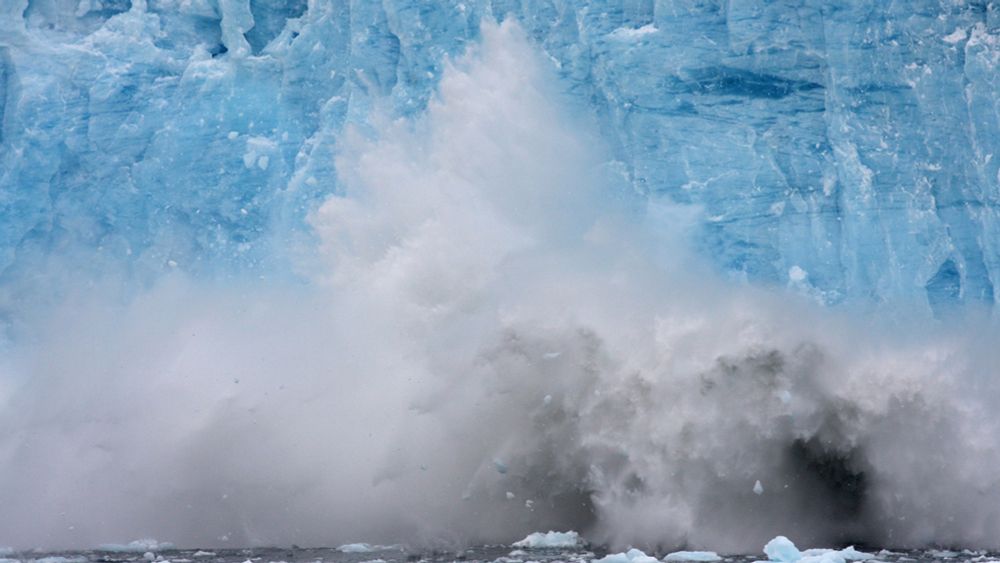
Advancing understanding of ocean processes.
Providing quality and integrity for authors, reviewers and readers.
Non-profit.

JGR:Oceans is now looking for new Editors and Associate Editors, if you're interested get in touch. We don't bite! 😀

agupubs.onlinelibrary.wiley.com/doi/10.1029/...

agupubs.onlinelibrary.wiley.com/doi/10.1029/...
📸: Matthew Shupe/CIRES

📸: Matthew Shupe/CIRES
▶️ doi.org/10.1029/2025...

▶️ doi.org/10.1029/2025...
eos.org/research-and...

eos.org/research-and...
🔗Check out their #OpenAccess study: doi.org/10.1029/2025...
#AGUPubs #Alaska

🔗Check out their #OpenAccess study: doi.org/10.1029/2025...
#AGUPubs #Alaska
agupubs.onlinelibrary.wiley.com/doi/10.1029/...

agupubs.onlinelibrary.wiley.com/doi/10.1029/...
New research in #AGUPubs by @jweeksclimate.bsky.social @metoffice.gov.uk and colleagues. eos.org/research-spo...

New research in #AGUPubs by @jweeksclimate.bsky.social @metoffice.gov.uk and colleagues. eos.org/research-spo...
If you are not able to pay the publication fees, you may request a fee waiver. Please email the journal and our staff will assist you.
authorservices.wiley.com/author-resou...
If you are not able to pay the publication fees, you may request a fee waiver. Please email the journal and our staff will assist you.
authorservices.wiley.com/author-resou...

New research from Jacek Raddatz @geomarkiel.bsky.social & colleagues, input from @luongomatt.bsky.social at the University of Washington. eos.org/articles/oce...

New research from Jacek Raddatz @geomarkiel.bsky.social & colleagues, input from @luongomatt.bsky.social at the University of Washington. eos.org/articles/oce...
agupubs.onlinelibrary.wiley.com/doi/10.1029/...

agupubs.onlinelibrary.wiley.com/doi/10.1029/...
agupubs.onlinelibrary.wiley.com/doi/10.1029/...

agupubs.onlinelibrary.wiley.com/doi/10.1029/...
agupubs.onlinelibrary.wiley.com/doi/10.1029/...

agupubs.onlinelibrary.wiley.com/doi/10.1029/...
agupubs.onlinelibrary.wiley.com/doi/10.1029/...

agupubs.onlinelibrary.wiley.com/doi/10.1029/...
Spend 10 weeks in a newsroom translating science for the public.
Apply by Jan 1, 2026 ➡️ buff.ly/r8c6ybG
#AGU #AAASMassMedia #ScienceCommunication #MassMediaFellowship

Spend 10 weeks in a newsroom translating science for the public.
Apply by Jan 1, 2026 ➡️ buff.ly/r8c6ybG
#AGU #AAASMassMedia #ScienceCommunication #MassMediaFellowship
Read the article here to get a summary of this great paper:
ocean-ice.eu/ocean-i...

Read the article here to get a summary of this great paper:
ocean-ice.eu/ocean-i...
eos.org/research-spo...

eos.org/research-spo...
agupubs.onlinelibrary.wiley.com/doi/10.1029/...

agupubs.onlinelibrary.wiley.com/doi/10.1029/...
🔗 buff.ly/At7u9GB
#AGUPubs #OceanDecade @tosoceanography.bsky.social @aslo.org

🔗 buff.ly/At7u9GB
#AGUPubs #OceanDecade @tosoceanography.bsky.social @aslo.org


agupubs.onlinelibrary.wiley.com/doi/10.1029/...


agupubs.onlinelibrary.wiley.com/doi/10.1029/...
JGR:Oceans is now looking for new Editors and Associate Editors, if you're interested get in touch. We don't bite! 😀

JGR:Oceans is now looking for new Editors and Associate Editors, if you're interested get in touch. We don't bite! 😀
agupubs.onlinelibrary.wiley.com/doi/10.1029/...

agupubs.onlinelibrary.wiley.com/doi/10.1029/...

